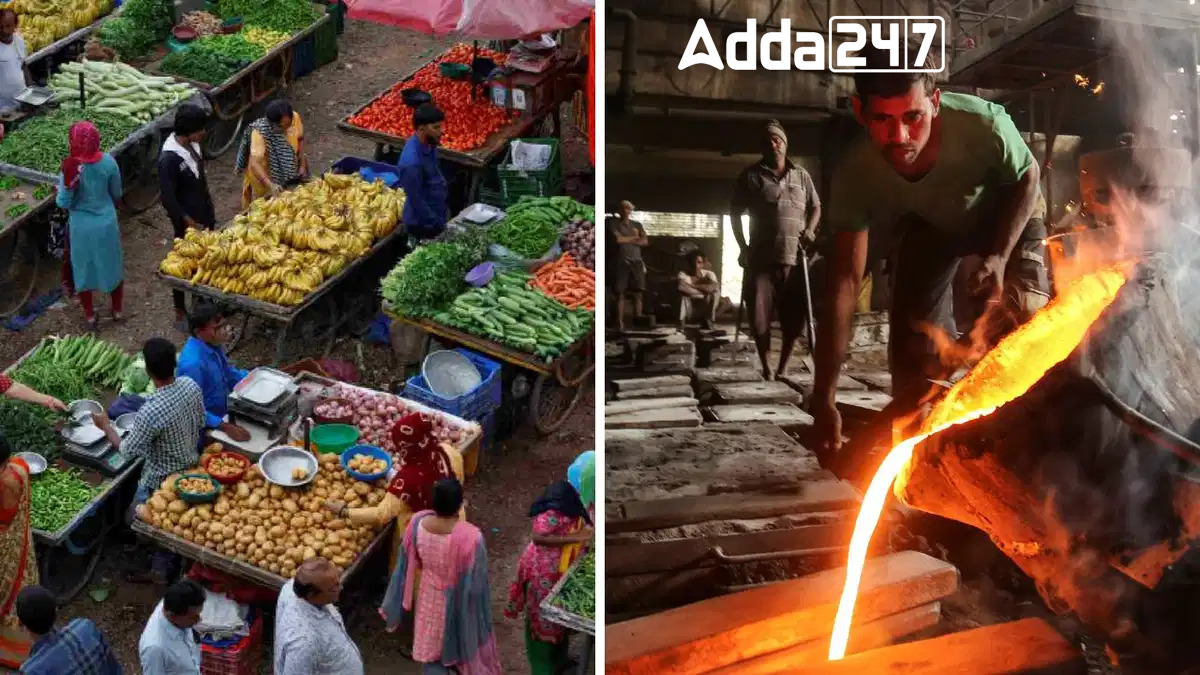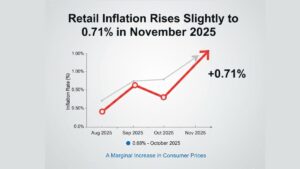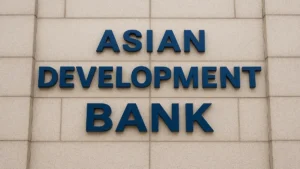India’s Consumer Price Index (CPI)-based retail inflation rose marginally to 3.65% in August from 3.6% in July, remaining below the Reserve Bank of India’s (RBI) medium-term target of 4% for the second time in nearly five years. This slight increase is attributed to a high base effect from the previous year. The Index of Industrial Production (IIP) also saw a modest rise, reaching 4.83% in July compared to 4.72% in June.
Food Inflation Dynamics
Food inflation edged up to 5.66% in August from 5.42% in July. This rise is due to increased prices in several categories: vegetables (10.71%), fruits (6.45%), food and beverages (5.30%), eggs (7.14%), and non-alcoholic beverages (2.40%). Conversely, the price growth of cereals (7.31%), milk (2.98%), and meat & fish (4.30%) slowed, while pulses saw a deceleration to 13.6%, though it remained in double digits. The ongoing deflation in domestic edible oil prices has mitigated some price pressures, but recent global price increases pose a risk to domestic inflation.
Core Inflation and Fuel Prices
Core inflation, excluding volatile food and fuel components, held steady at 3.5%. Prices for clothing and footwear (2.72%), and services such as recreation (2.31%), education (3.74%), and health (4.10%) saw minor increases. Fuel prices continued to contract at -5.31%.
Economic Forecasts
Rajani Sinha, Chief Economist at CARE Ratings, attributed the August inflation spike to higher food prices, exacerbated by lagging sowing of pulses and oilseeds. Aditi Nayar, ICRA Chief Economist, noted a potential slight increase in core CPI inflation throughout the financial year due to service demand and reduced cotton sowing. Madan Sabnavis, Chief Economist at Bank of Baroda, indicated that the RBI is likely to hold off on rate cuts until inflation trends consistently lower.
IIP Sectoral Analysis
The IIP data highlighted a mixed performance: manufacturing output grew by 4.6%, while mining and electricity output decelerated to 3.7% and 7.9%, respectively. Eight out of 23 manufacturing sectors, including food products, textiles, leather, and chemicals, experienced contractions. Growth was strong in capital goods (12%) and intermediate goods (6.8%), but consumer durables (8.2%) decelerated and consumer non-durables (-4.4%) contracted, indicating ongoing stress in rural demand.




 Retail Inflation Rises Slightly to 0.71%...
Retail Inflation Rises Slightly to 0.71%...
 India’s Foreign Reserves Touch $687.26 B...
India’s Foreign Reserves Touch $687.26 B...
 ADB Raises India’s Growth Forecast to 7....
ADB Raises India’s Growth Forecast to 7....







